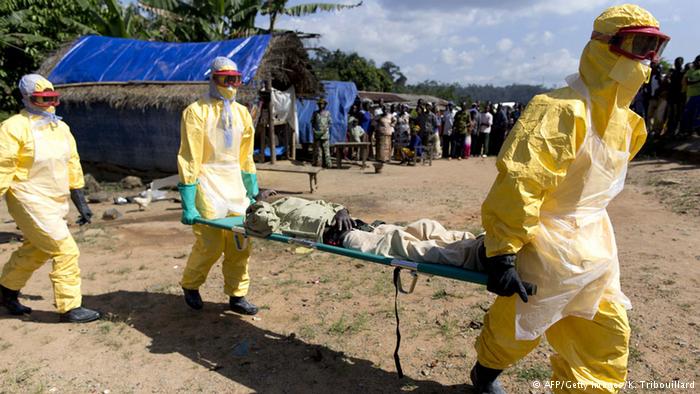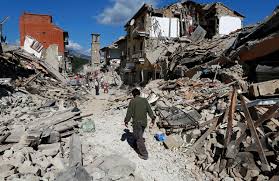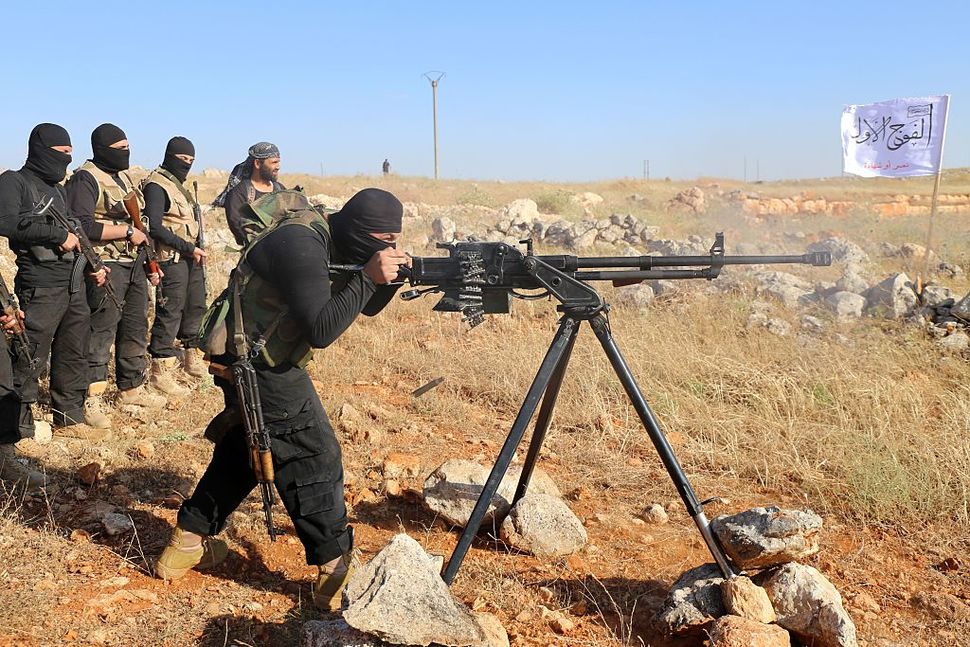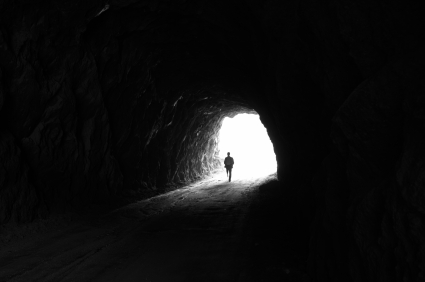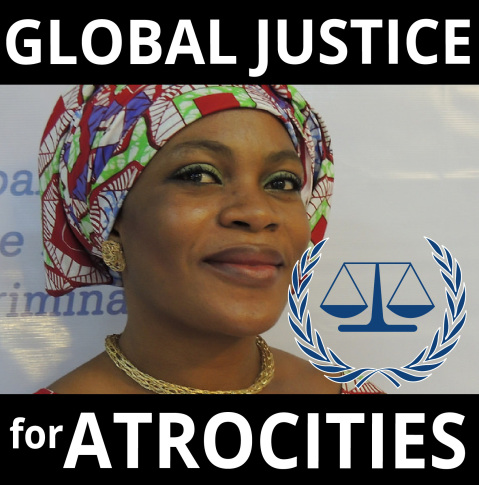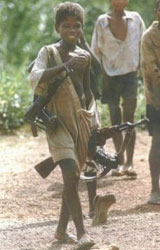 Ces dernières décennies, la proportion des victimes civiles des conflits armés a augmenté de façon spectaculaire; elle dépasserait à présent les 90 %. La moitié environ de ces victimes sont des enfants.
Ces dernières décennies, la proportion des victimes civiles des conflits armés a augmenté de façon spectaculaire; elle dépasserait à présent les 90 %. La moitié environ de ces victimes sont des enfants.
Vingt millions d’enfants peut-être ont été contraints de fuir de chez eux en raison des conflits et des violations des droits fondamentaux, et vivent comme réfugiés dans les pays voisins ou sont déplacés dans leur propre pays.
Au cours de la décennie écoulée, les conflits armés ont directement tué plus de 2 millions d’enfants. Ils sont plus de trois fois plus nombreux – au moins 6 millions – à avoir été frappés d’une invalidité permanente ou grièvement blessés.
Plus d’un million d’enfants ont été rendus orphelins ou ont été séparés de leur famille. Entre 8’000 et 10’000 enfants sont tués ou mutilés par des mines terrestres chaque année.
300 000 enfants soldats
On estime que 300 000 enfants soldats – des garçons et des filles de moins de 18 ans – sont mêlés à plus de 30 conflits dans le monde. Ils sont utilisés comme combattants, coursiers, porteurs ou cuisiniers, et pour fournir des services sexuels. Certains sont recrutés de force ou enlevés, d’autres s’enrôlent pour fuir la pauvreté, la maltraitance et la discrimination, ou pour se venger des auteurs d’actes de violence commis à leur encontre ou contre leur famille.
En 2002, le Protocole facultatif à la Convention relative aux droits de l’enfant concernant la participation des enfants aux conflits armés est entré en vigueur. Il interdit la participation d’enfants de moins de 18 ans aux hostilités. Outre qu’il exige des Etats qu’ils portent à 18 ans l’âge du recrutement obligatoire et de la participation directe aux hostilités, le Protocole facultatif leur fait obligation de porter au-delà du minimum actuel de 15 ans l’âge du recrutement volontaire.
Pendant les conflits armés, les filles et les femmes sont menacées de viol, de violence, d’exploitation sexuelle, de traite, et d’humiliation et de mutilation sexuelles. L’utilisation du viol et d’autres formes de violence contre les femmes est devenue une stratégie dont se prévalent toutes les parties aux conflits. Les rapports d’enquête établis à la suite du génocide commis en 1994 au Rwanda ont conclu que presque toutes les femmes de plus de 12 ans ayant survécu au génocide avaient été violées. Pendant le conflit dans l’ex-Yougoslavie, on a calculé que plus de 20’000 femmes avaient été victimes de violences sexuelles. Par ailleurs, les conflits désintègrent les familles, alourdissant encore le fardeau économique et psychologique pesant sur les femmes.
Environ un tiers des 25 pays où vivent la plus forte proportion d’enfants rendus orphelins par le SIDA ont été touchés ces dernières années par des conflits armés. Sept des dix pays à plus fort taux de décés parmi les moins de cinq ans sont touchés par des conflits de ce type.
Les enfants mêlés à des conflits armés sont régulièrement confrontés à des événements émotionnellement et psychologiquement douloureux, tels que la mort violente d’un parent ou d’un proche, la séparation d’avec leur famille, le fait d’avoir vu des êtres chers tués ou torturés, l’éloignement de leur foyer et de leur communauté, l’exposition aux combats, aux bombardements et à d’autres situations mettant leur vie en danger; les mauvais traitements, tels que l’enlèvement, l’arrestation, la détention, le viol ou la torture, la perturbation des études et de la vie communautaire, le dénuement et un avenir incertain. Certains prennent même part à des actions violentes. De plus, les enfants, quel que soit leur âge, sont profondément affectés par le niveau de stress que connaissent les adultes qui s’occupent d’eux.
Un site à visiter : www.in-terre-actif.com Source: Texte & Image: Journée Mondiale
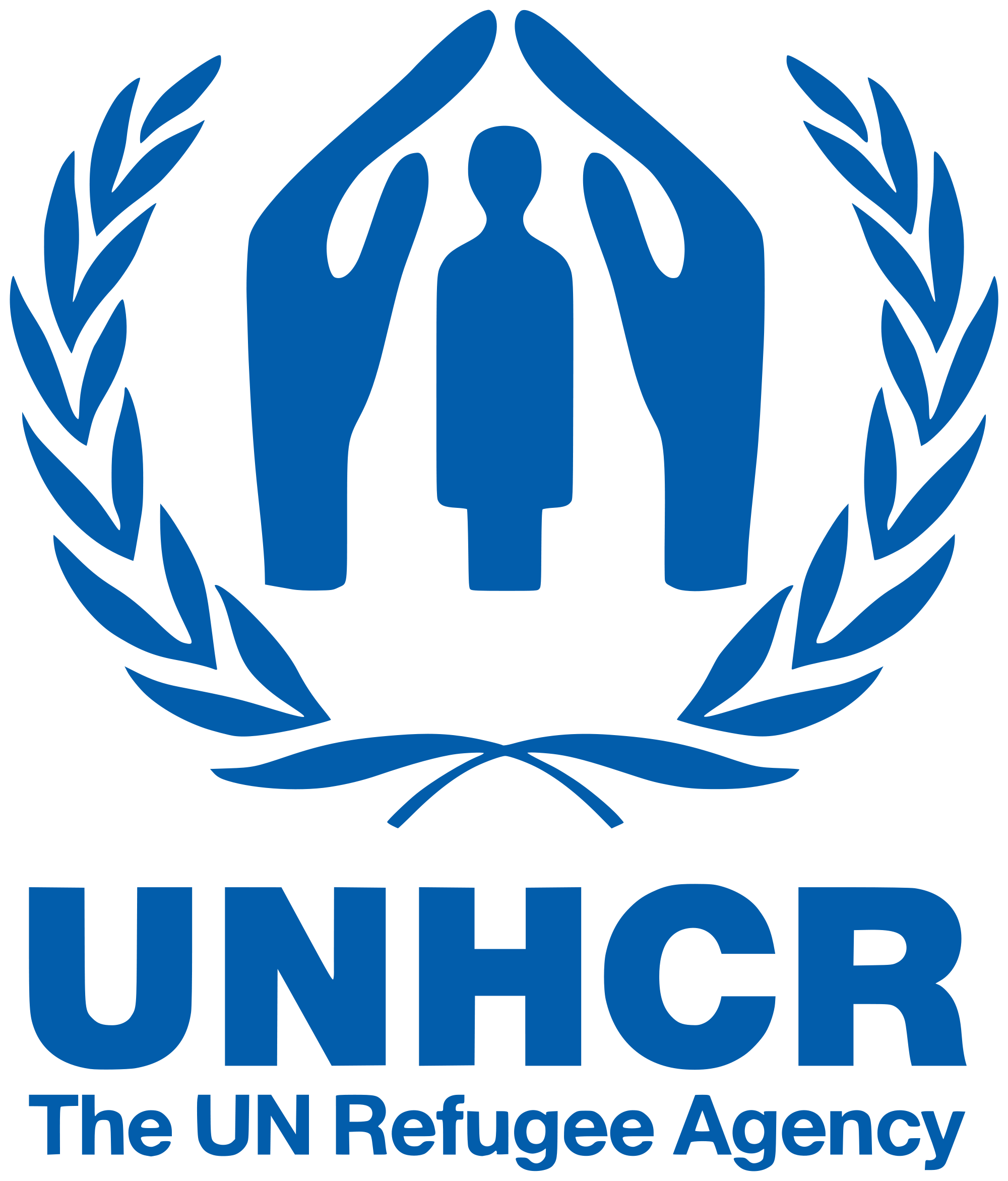 The United Nations’ (UN) World Refugee Day is observed on June 20 each year. This event honors the courage, strength and determination of women, men and children who are forced to flee their homeland under threat of persecution, conflict and violence.
The United Nations’ (UN) World Refugee Day is observed on June 20 each year. This event honors the courage, strength and determination of women, men and children who are forced to flee their homeland under threat of persecution, conflict and violence.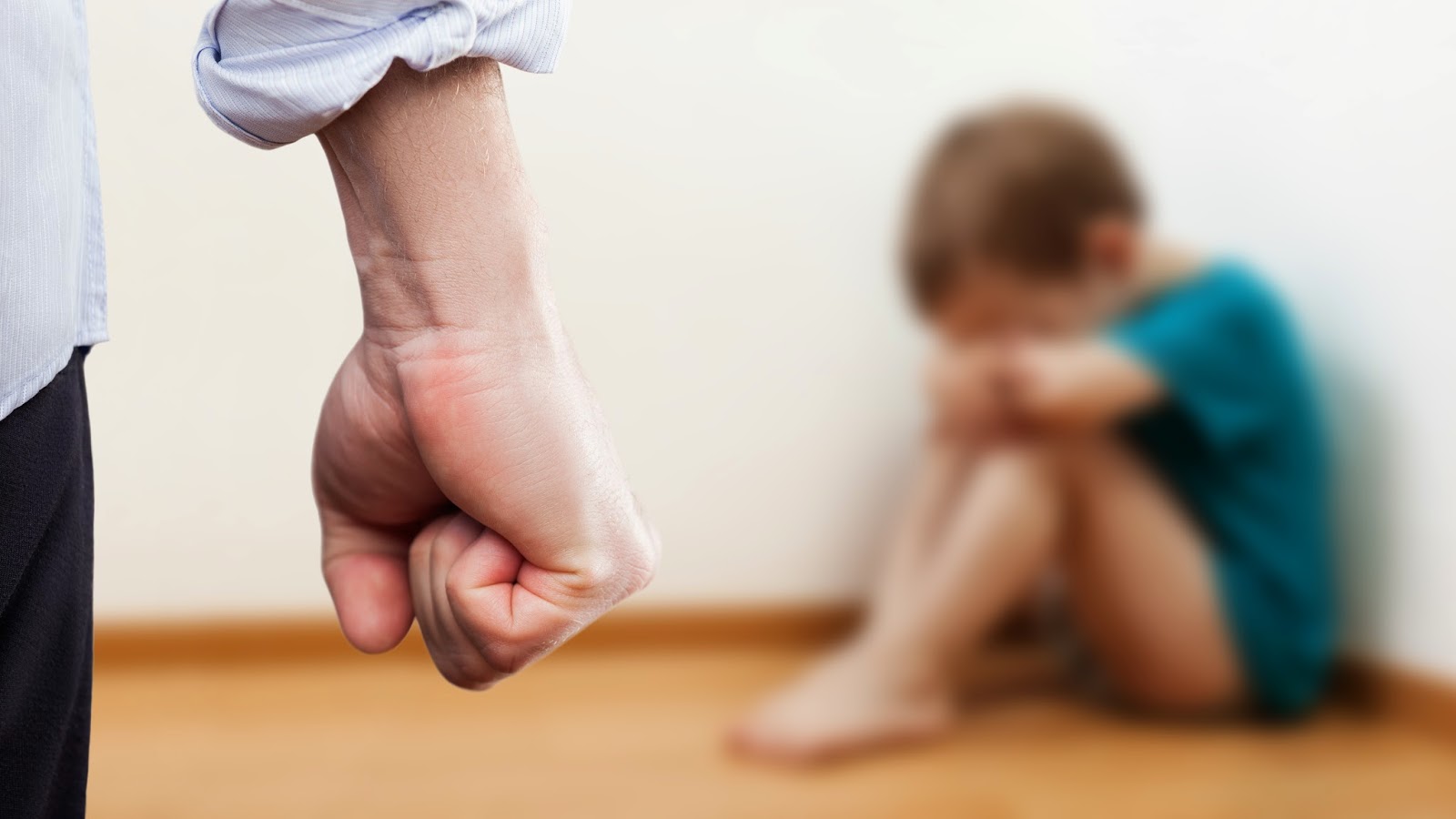 choisi la date du 4 juin qui, depuis 1992, rappelle les violences que subissent des milliers de jeunes.
choisi la date du 4 juin qui, depuis 1992, rappelle les violences que subissent des milliers de jeunes. Ces dernières décennies, la proportion des victimes civiles des conflits armés a augmenté de façon spectaculaire; elle dépasserait à présent les 90 %. La moitié environ de ces victimes sont des enfants.
Ces dernières décennies, la proportion des victimes civiles des conflits armés a augmenté de façon spectaculaire; elle dépasserait à présent les 90 %. La moitié environ de ces victimes sont des enfants.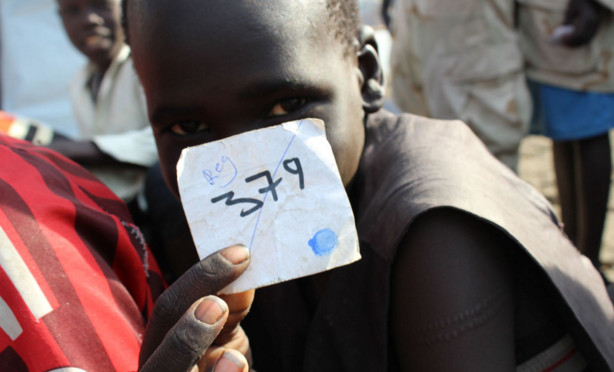 world. “Again this year, the multiplication of conflicts and the brutality of tactics of war have made children extremely vulnerable to recruitment and use,” said Leila Zerrougui, the Special Representative of the Secretary-General for Children and Armed Conflict.
world. “Again this year, the multiplication of conflicts and the brutality of tactics of war have made children extremely vulnerable to recruitment and use,” said Leila Zerrougui, the Special Representative of the Secretary-General for Children and Armed Conflict.
 Violence Campaign. Historically, the date is based the day of the tragic 1960 assassination of the three Mirabal sisters, political activists in the Dominican Republic; the killings were ordered by Dominican dictator Rafael Trujillo (1930–1961). I
Violence Campaign. Historically, the date is based the day of the tragic 1960 assassination of the three Mirabal sisters, political activists in the Dominican Republic; the killings were ordered by Dominican dictator Rafael Trujillo (1930–1961). I